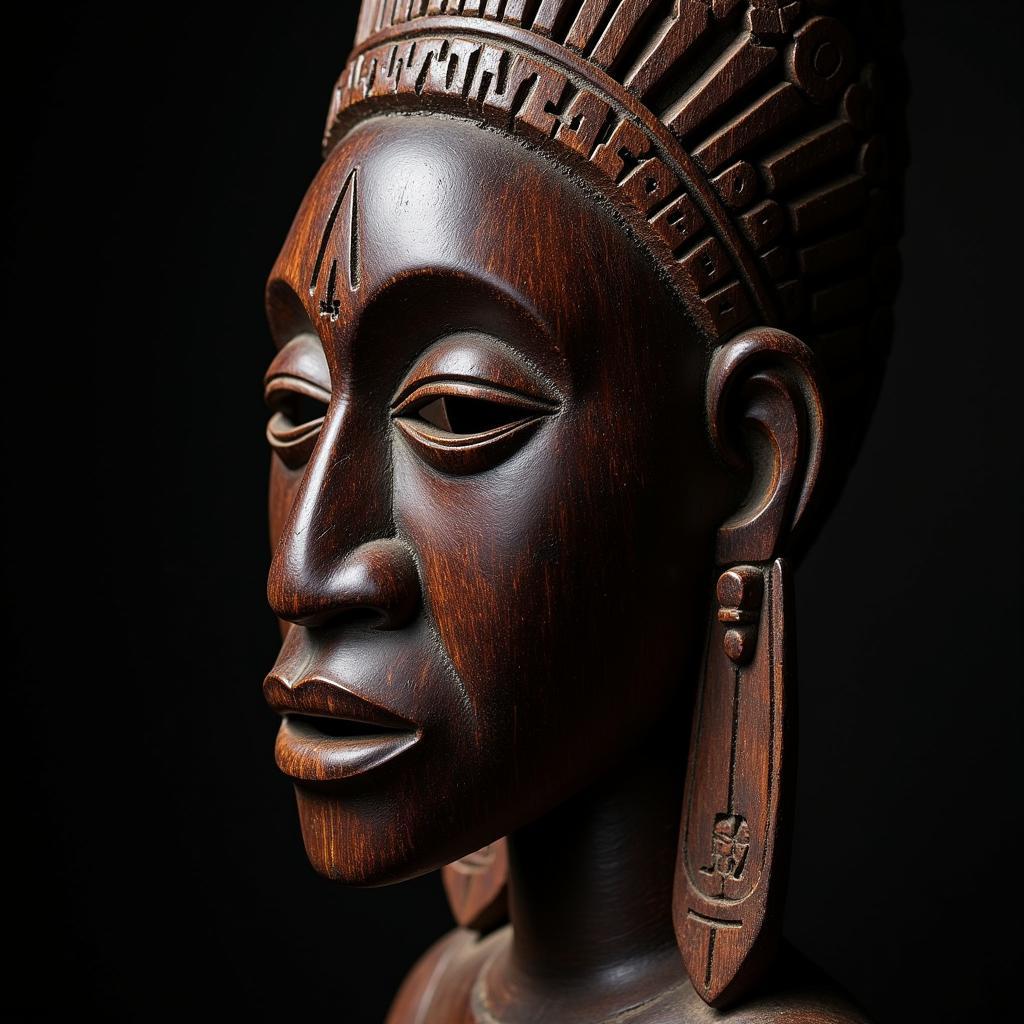African Countries with Gross National Income: A Comprehensive Overview
Gross national income (GNI) offers valuable insights into the economic performance of African countries. Understanding GNI, along with its limitations and the factors that influence it, provides a more nuanced perspective on the economic realities across the continent. This article delves into the complexities of GNI within the diverse landscape of African nations.
The diverse economies of Africa present a complex picture when analyzing gross national income. Factors such as natural resources, political stability, infrastructure, and human capital development play significant roles in shaping GNI across the continent. Examining these factors alongside GNI figures provides a more complete understanding of the economic landscape of each nation.
Understanding Gross National Income in African Countries
GNI represents the total income earned by a nation’s residents, regardless of their location, encompassing income from domestic and international sources. It differs from GDP, which measures the total value of goods and services produced within a country’s borders. GNI is a crucial indicator of a country’s economic health, providing a snapshot of its overall income generation capacity. However, it is essential to acknowledge that GNI alone doesn’t tell the whole story.
For example, a country rich in natural resources may have a high GNI but experience significant income inequality. Therefore, it’s vital to consider other factors, such as income distribution and human development indices, to gain a comprehensive understanding of a nation’s economic well-being. Further, considering lists like African countries ranked by GDP can provide additional context.
Factors Influencing GNI in African Countries
Numerous factors influence a country’s GNI. Key drivers include:
- Natural Resources: Countries with abundant natural resources, such as oil, minerals, or agricultural products, often have higher GNIs. However, this can also lead to over-reliance on these resources, creating vulnerability to price fluctuations and potentially hindering diversification.
- Political Stability: A stable political environment fosters economic growth and attracts foreign investment, positively impacting GNI. Conversely, political instability can disrupt economic activity and deter investors.
- Infrastructure: Well-developed infrastructure, including transportation, communication, and energy networks, supports economic activity and facilitates trade, contributing to higher GNI. Conversely, inadequate infrastructure can hinder development and limit economic growth.
- Human Capital: A skilled and educated workforce is a critical asset for economic growth. Investments in education and healthcare improve human capital, leading to increased productivity and higher GNI.
Understanding these factors and how they interact is crucial for interpreting GNI figures and gaining a more nuanced perspective on the economic realities of African nations. Comparing GNI alongside per capita figures, as found on resources like African countries ranked by per capita, allows for a deeper understanding of wealth distribution.
What are some challenges in accurately measuring GNI in certain African countries?
Data collection can be challenging in some regions due to limited resources or infrastructure. Informal economies, prevalent in many African countries, can be difficult to capture accurately in official GNI statistics.
How does GNI relate to the overall standard of living in a country?
While GNI provides an indication of a country’s economic output, it doesn’t fully reflect the standard of living. Factors like income inequality, access to healthcare, and education significantly impact quality of life and may not be directly reflected in GNI.
Dr. Akinyi Ochieng, a leading economist specializing in African development, observes, “GNI is a valuable tool, but it must be used in conjunction with other indicators to paint a comprehensive picture of a nation’s economic health and the well-being of its citizens.”
Utilizing GNI for Informed Analysis
Looking at the African country list by GDP can offer more perspective. It’s essential to interpret GNI data cautiously and consider its limitations. Using GNI alongside other metrics, such as the Human Development Index (HDI) and the Gini coefficient (a measure of income inequality), can provide a more complete and insightful understanding of a country’s economic landscape.
In conclusion, while gross national income provides a useful snapshot of African countries’ economic performance, it is crucial to delve deeper and consider the various factors that influence GNI, as well as its limitations. By utilizing a holistic approach that combines GNI analysis with other economic and social indicators, we can gain a more nuanced and comprehensive understanding of the diverse economic realities across the continent.
FAQ:
- What is the difference between GNI and GDP?
- How is GNI calculated?
- What are the limitations of using GNI as a measure of economic performance?
- What are some other indicators that can be used in conjunction with GNI to assess economic development?
- How does GNI relate to poverty and inequality within a country?
- What are some of the challenges in collecting accurate GNI data in African countries?
- How can understanding GNI inform policy decisions aimed at promoting economic growth and development in Africa?
Professor Kwame Nkrumah, a renowned expert on African economies, notes, “Analyzing GNI offers valuable insight, but truly understanding a country’s economic situation requires looking beyond just this one metric.”
Do you have other questions about the economic landscape of African countries? Explore more articles on our website relating to GDP, per capita income, and economic development in Africa.
When you need assistance, please contact us by Phone: +255768904061, Email: [email protected] or visit us at Mbarali DC Mawindi, Kangaga, Tanzania. We have a 24/7 customer service team.
